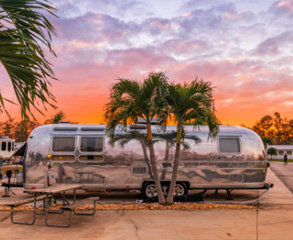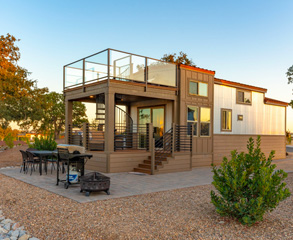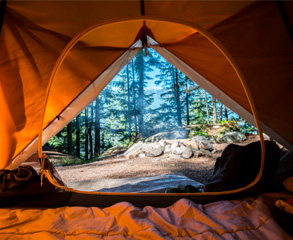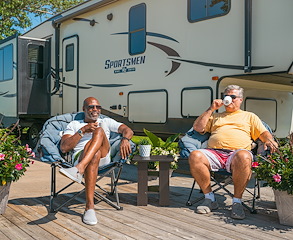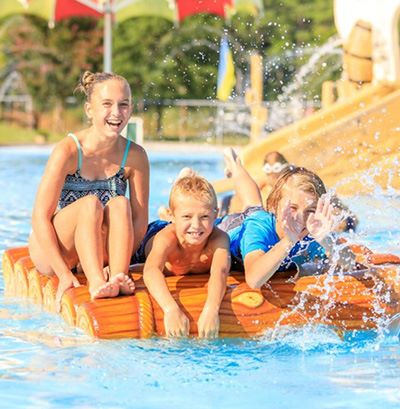The Sweet History and Uses of Maple Syrup: A North American Treasure
Sweet, sticky, and beloved, maple syrup is a quintessential North American creation. This delightful syrup has found its way onto waffles and into countless recipes. With maple syrup season approaching, we're diving into its rich history, fun facts, and versatile uses. Join us on a maple syrup adventure!
Maple Syrup: A Brief History
Have you ever wondered who first discovered the art of collecting and cooking the liquid from maple trees? The earliest records trace back to Native Americans. While it's unclear which tribe first tapped the trees, many legends surround the origins of maple syrup. One popular tale involves a god, such as Prince Glooskap, who punished his people for indulging in maple syrup instead of working by diluting it with water, causing the sap to flow only in spring.
Native Americans harvested maple sap by tapping trees in the spring, allowing the sap to collect in baskets at the tree's base. This sap was then boiled to create a high-calorie syrup, perfect for winter energy.
When European colonists arrived, they learned the technique of maple syrup production from Native Americans. Instead of using wedges, colonists drilled holes with augers and inserted wooden spouts with buckets. This method significantly increased sap collection, turning maple syrup into a major business in northern climates.
How Maple Syrup is Made
Turning maple sap into syrup requires considerable effort. On average, it takes 40 gallons of sap to produce just one gallon of syrup. The sap must be boiled for hours to reduce its water content, and producers often filter it to eliminate cloudiness and impurities.
Historically, sap was boiled in large kettles over an open fire in sugar shacks. However, around 1850, the introduction of flat-bottom pans and evaporators with wide, shallow designs drastically reduced cooking time, making syrup more commercially available.
Today, modern technology has further enhanced syrup production. Plastic bags now collect sap instead of traditional buckets, and large producers often use tubing networks that automatically transport sap to holding tanks. The sap is then filtered through a reverse osmosis process before being boiled, though the essence of the method remains similar to traditional techniques.
Delicious Uses for Maple Syrup
While maple sap is primarily turned into syrup, it can also be processed into maple sugar. Maple sugar candies are a delightful treat often found at farmers' markets in northern climates. Processed correctly, maple sugar can be used like brown sugar in various recipes.
Maple syrup is incredibly versatile! While it's best known as a topping for pancakes, waffles, and French toast, it's also a key ingredient in a variety of dishes. You can find it in smoothies, stir-fries, and granola bars. It's perfect for drizzling over oatmeal or cereal, adding a touch of sweetness to your morning routine.
Several of our resorts are located in prime maple syrup country. When visiting resorts in Ontario, Maine, Michigan, or other northern states, don't miss the chance to explore local farmers' markets for fresh syrup. If you know someone who would appreciate these maple facts, be sure to share this post with them!
Related Posts
